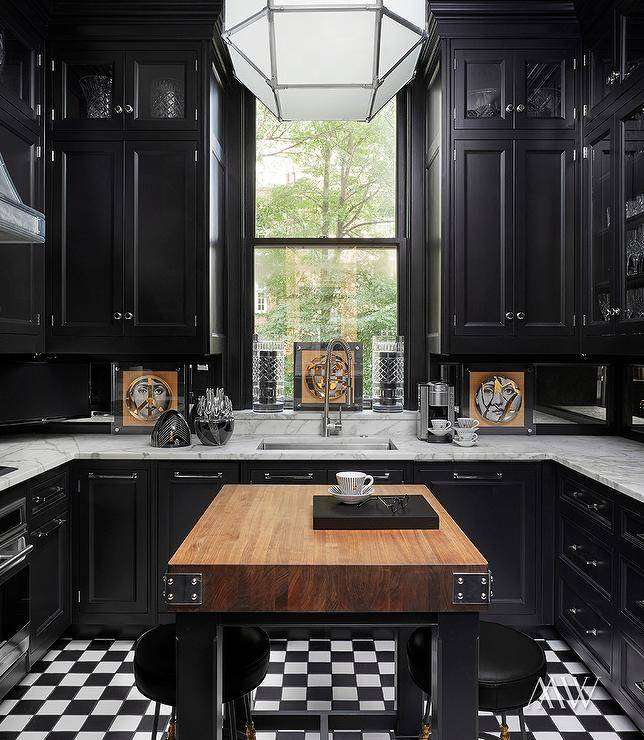Choosing the right gravel for your yard isn’t as simple as picking whatever looks nice. Different types serve different purposes, and choosing the wrong one can lead to drainage issues, instability, or backbreaking upkeep. Some gravel works best for driveways, while others are better for walkways, garden beds, or decorative accents. This guide will help you understand the most common types of gravel, their strengths, and how to choose the best fit for your yard.
Pea Gravel
Pea gravel is one of the most common options for yards because of its smooth, rounded edges and variety of colors. It’s comfortable to walk on, making it ideal for pathways and play areas. It also works well in garden beds since it helps retain moisture and prevents weeds. However, because the small stones shift easily, it isn’t the best for driveways or areas with heavy foot traffic unless contained with edging. Over time, it may need replenishing, especially if placed in high-use areas, but if you want something visually appealing and soft underfoot, pea gravel is a solid choice.
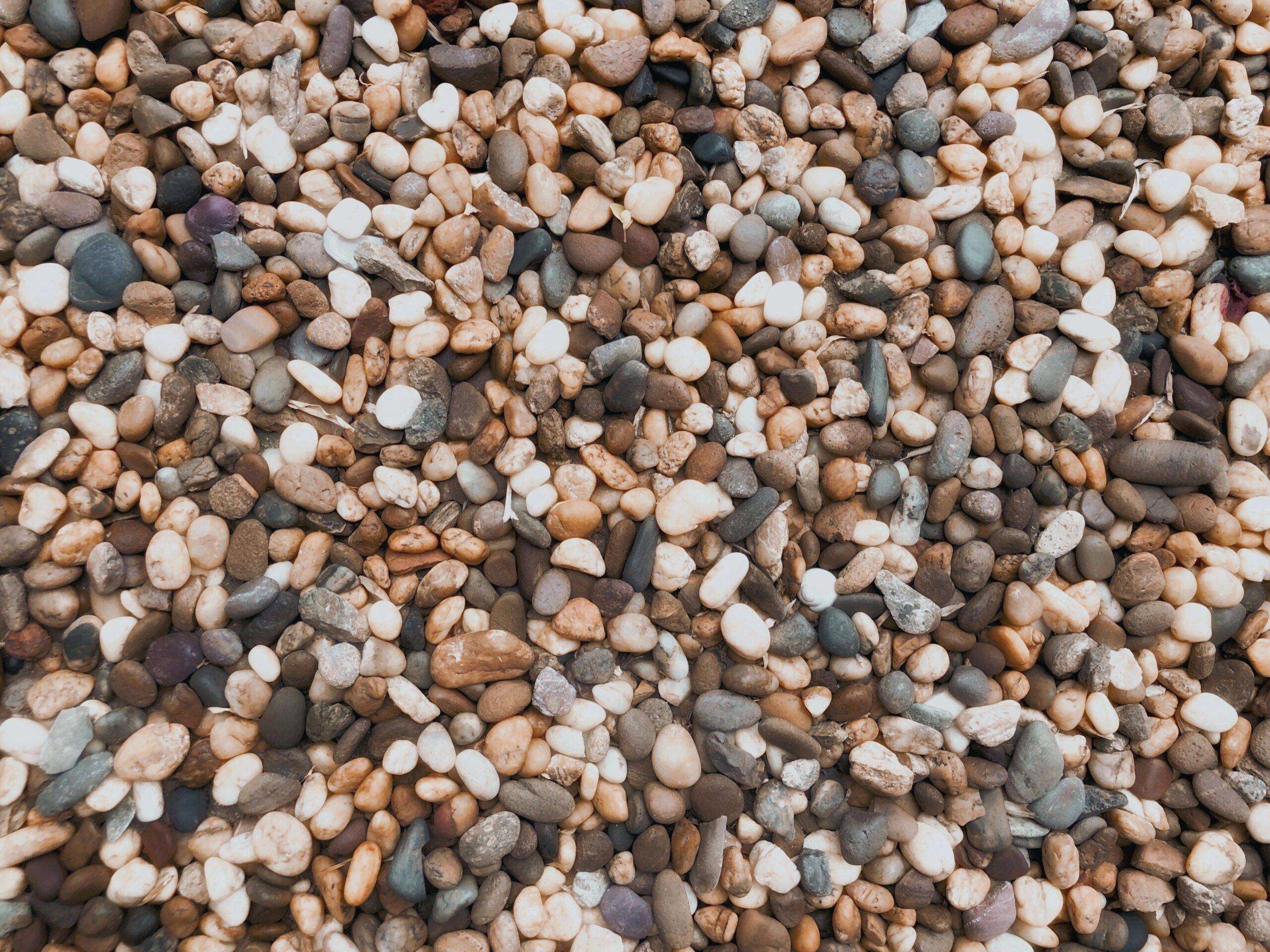
Crushed Stone
Crushed stone is rougher than pea gravel and provides a more stable surface for driveways, walkways, and drainage solutions. It packs down well, making it a great option for areas that need structure, like patios or base layers for pavers. Unlike pea gravel, it doesn’t shift as much, which means less maintenance, but the sharp edges can be uncomfortable to walk on, so it’s not the best for places where you’ll be barefoot. If you need something durable that holds its shape, crushed stone is a practical and long-lasting choice.
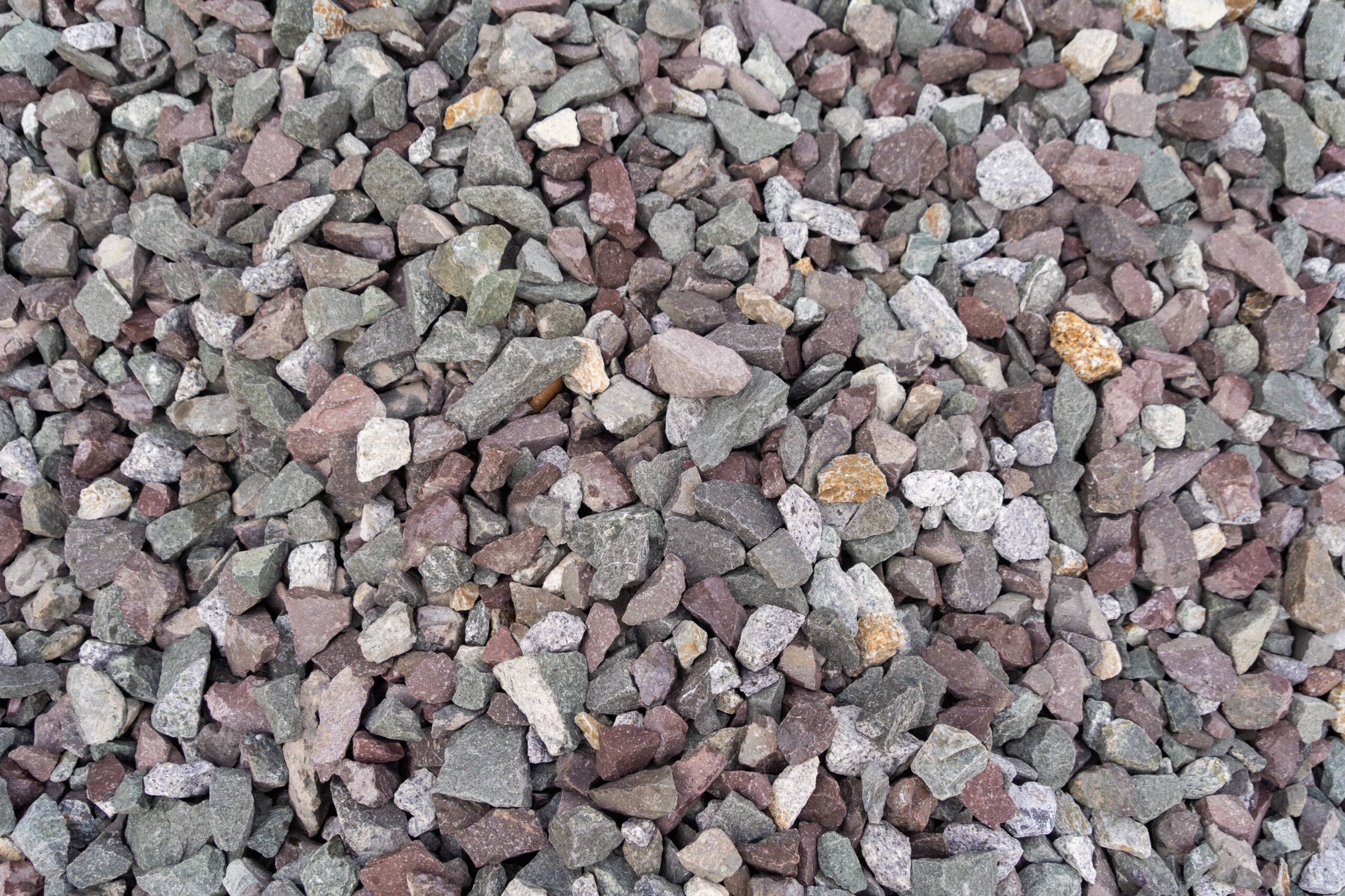
River Rock
River rock is larger and smoother than pea gravel, carrying a polished, natural look. It’s often used for landscaping accents, dry riverbeds, and drainage solutions because it water to flows through it easily. This makes it ideal for areas prone to erosion or where you want to direct water runoff. However, its size and smooth texture make it less practical for driveways or high-traffic walkways, as it doesn’t pack down well. If you’re looking for an attractive, low-maintenance addition to your landscape, river rock brings a natural feel to any yard.
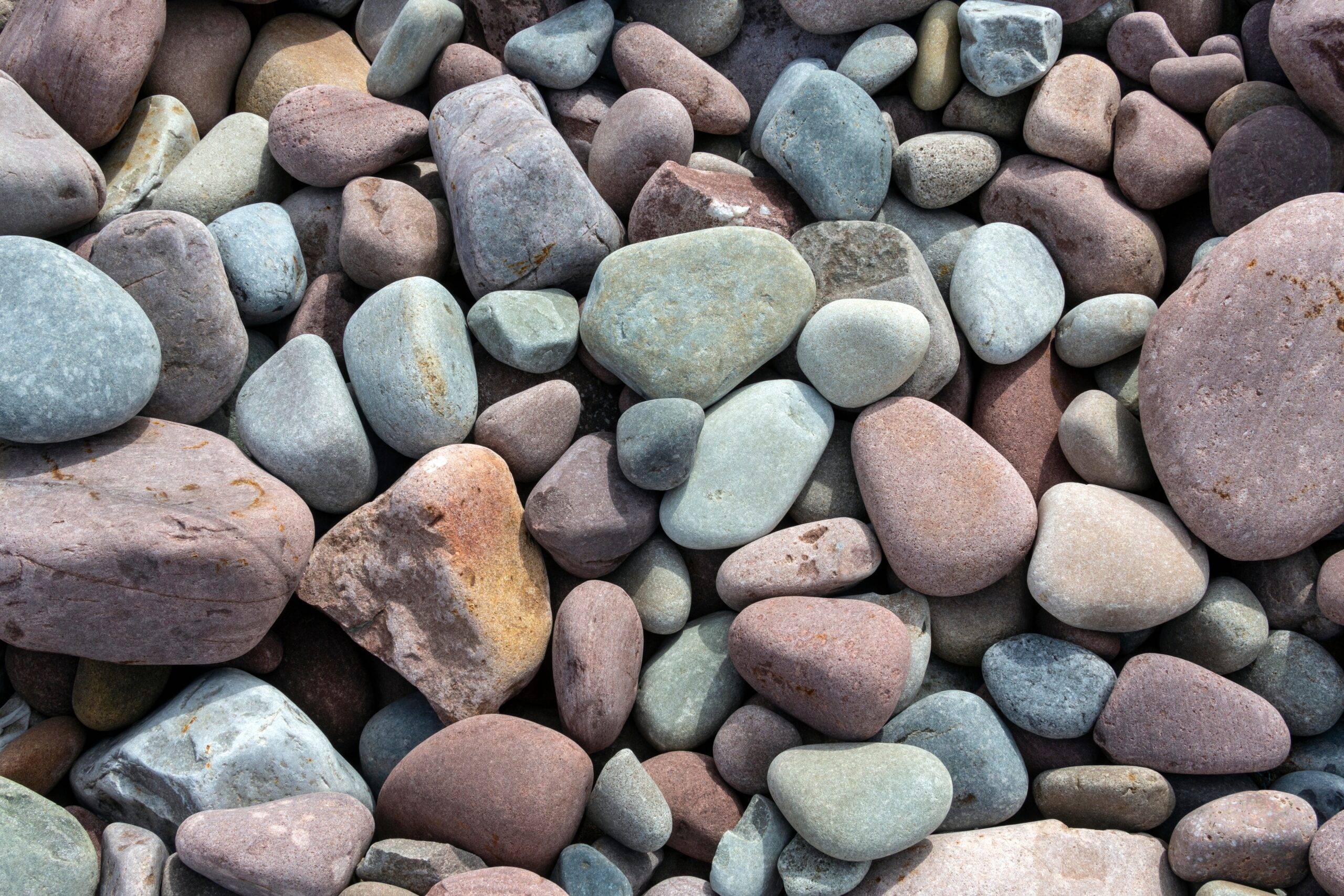
Decomposed Granite
Decomposed granite (DG) is a finely crushed rock that creates a compact, stable surface. It’s great for patios, walkways, and driveways because it forms a firm base while still looking natural. DG comes in warm, earthy tones that blend seamlessly with many landscape styles. One drawback is that it can get dusty in dry weather or muddy when wet, so it might not be the best for areas prone to heavy rain. Still, if you want a rustic look with a practical, low-maintenance material, decomposed granite is a great option.
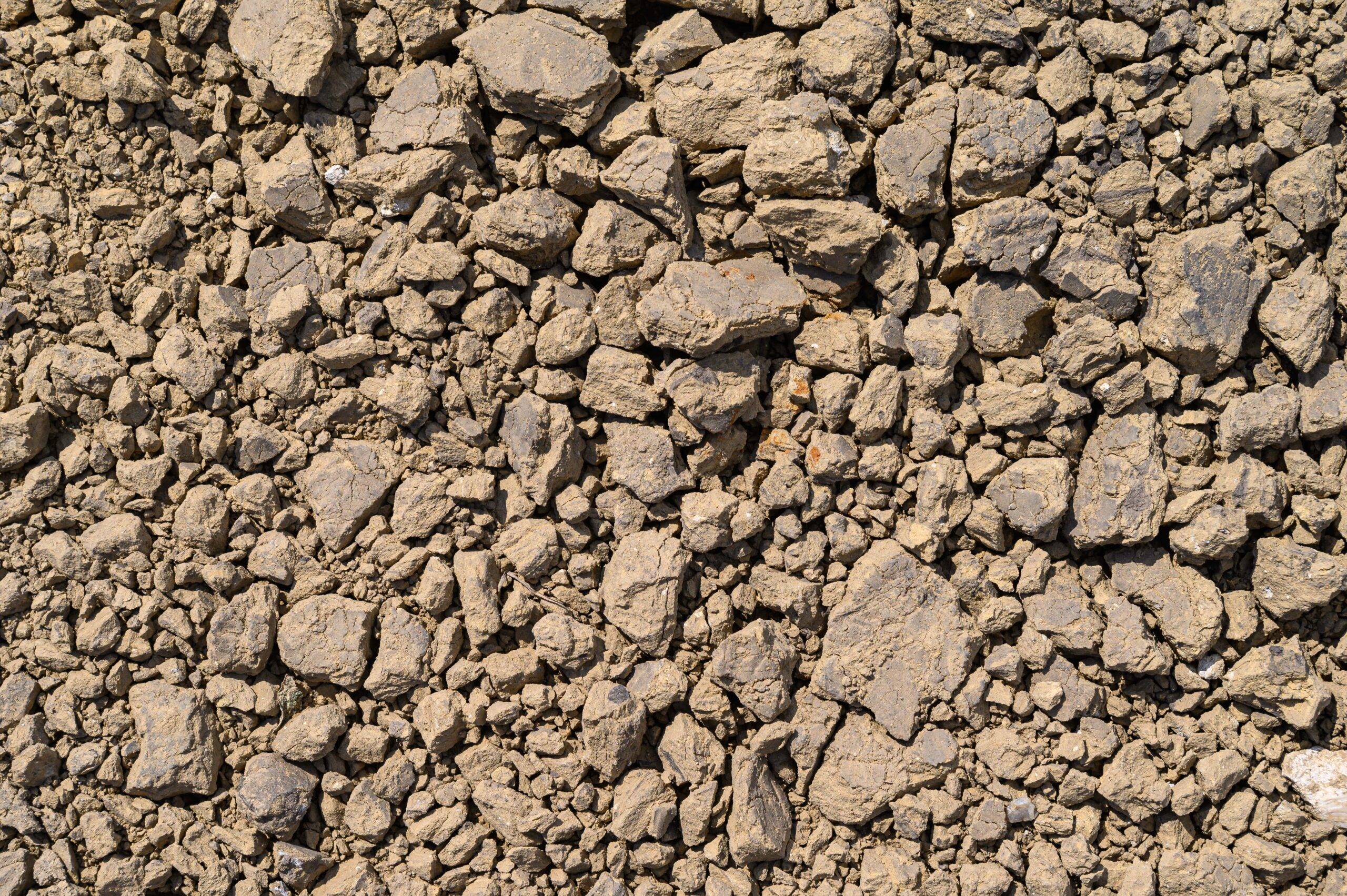
Marble Chips
Marble chips are small, white stones that add a bright, polished look to gardens and pathways. They reflect sunlight, keeping spaces cooler, which can be helpful in hot climates. Because they’re more expensive than other types of gravel, they’re often used in small areas for visual impact rather than large-scale coverage. One downside is that they can lose their bright appearance over time due to dirt and weather exposure, but if you’re looking for an elegant touch to your landscape, marble chips are quite striking.
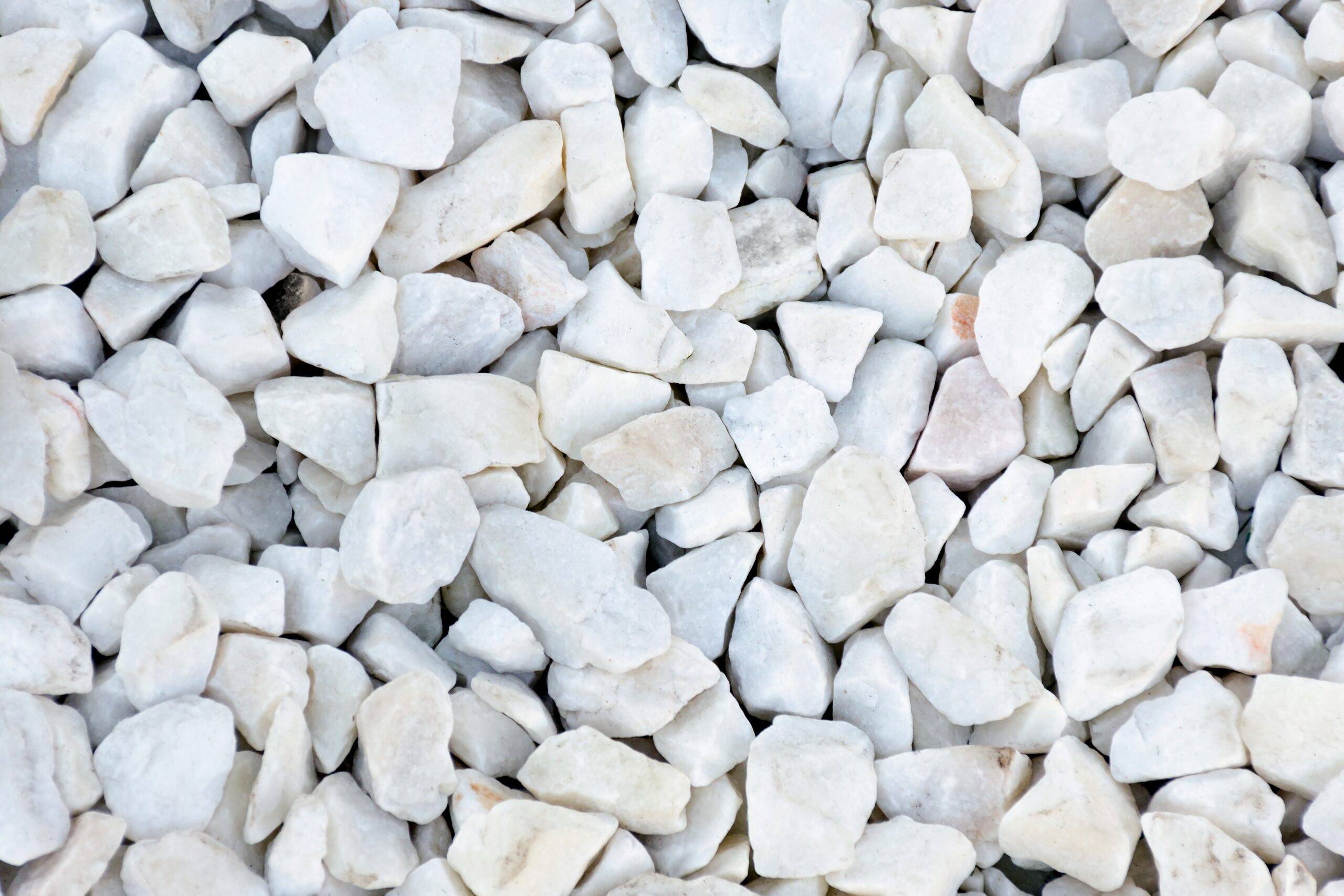
When picking a type of gravel, you should be considering its effects and how you want your yard to function. Whether you need something decorative, stable, or water-friendly, there’s a type of gravel that fits your needs. Think about where it will go, how it will be used, and how much maintenance you’re willing to do. With a little planning, gravel can be a long-lasting and practical addition to your outdoor space.


